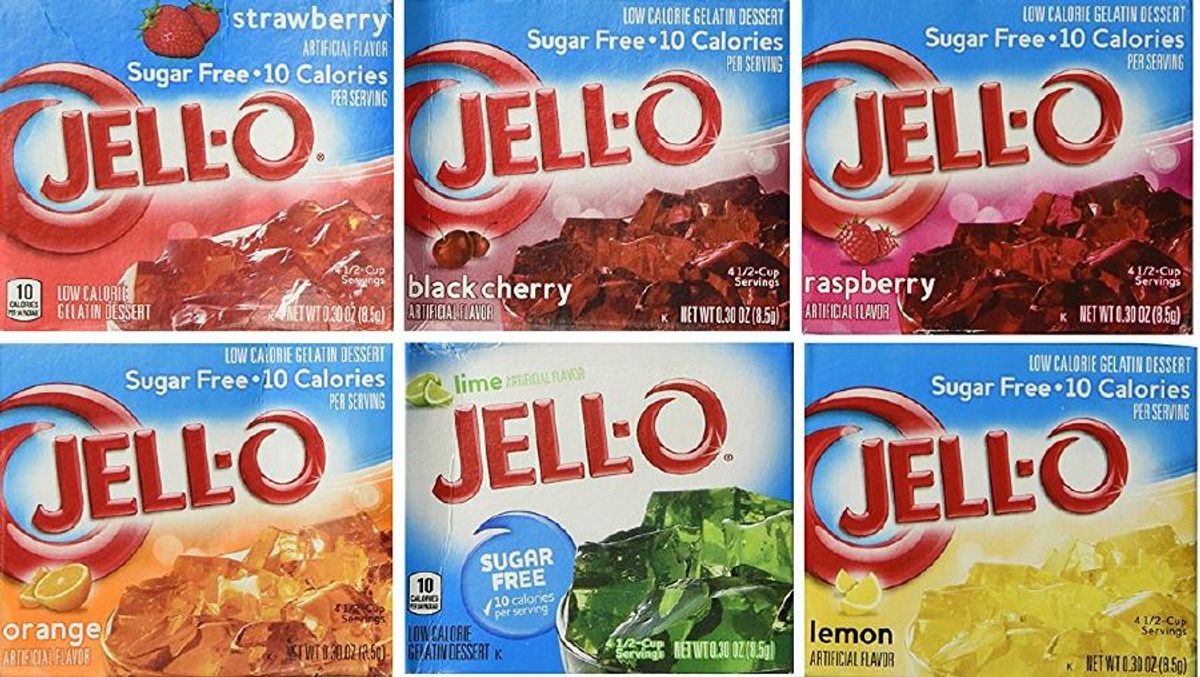Sometimes the most innocuous of foodstuffs contain constituents whose origins are less than appetizing. Such is the case with
Underneath
The production of gelatin starts with the boiling of bones, skins, and hides of cows and pigs, a process that releases the protein-rich collagen from animal tissues. The collagen is boiled and filtered numerous times, dried, and ground to a powder. Because the collagen is processed extensively, the final product is not categorized as a meat or animal product by the federal government. Very strict vegetarians avoid gelatin entirely, but more permissive vegetarians have no problem including
JELL-O products account for about
Popular belief has it that gelatin comes from horses' and cows' hooves. Kraft, the maker of

